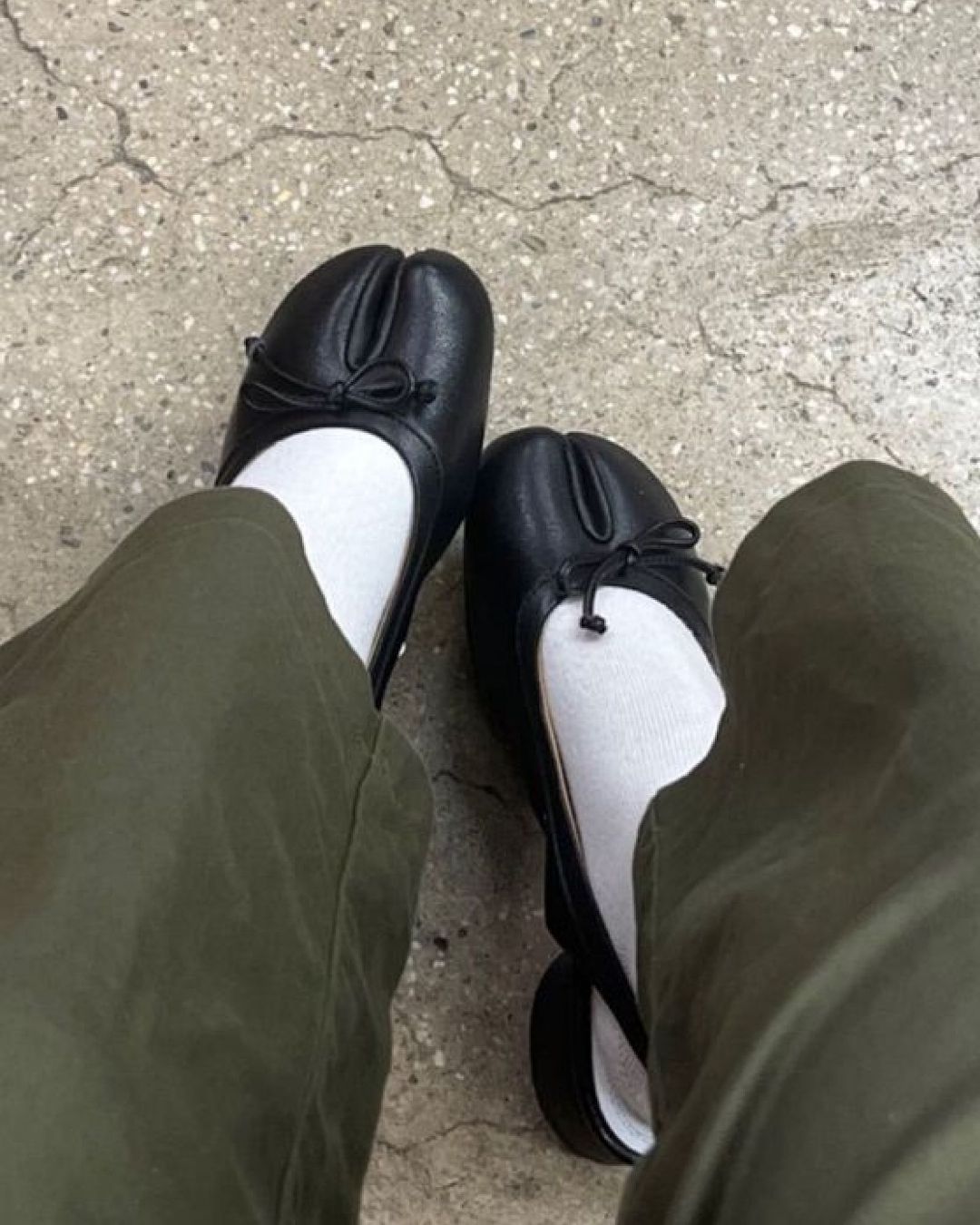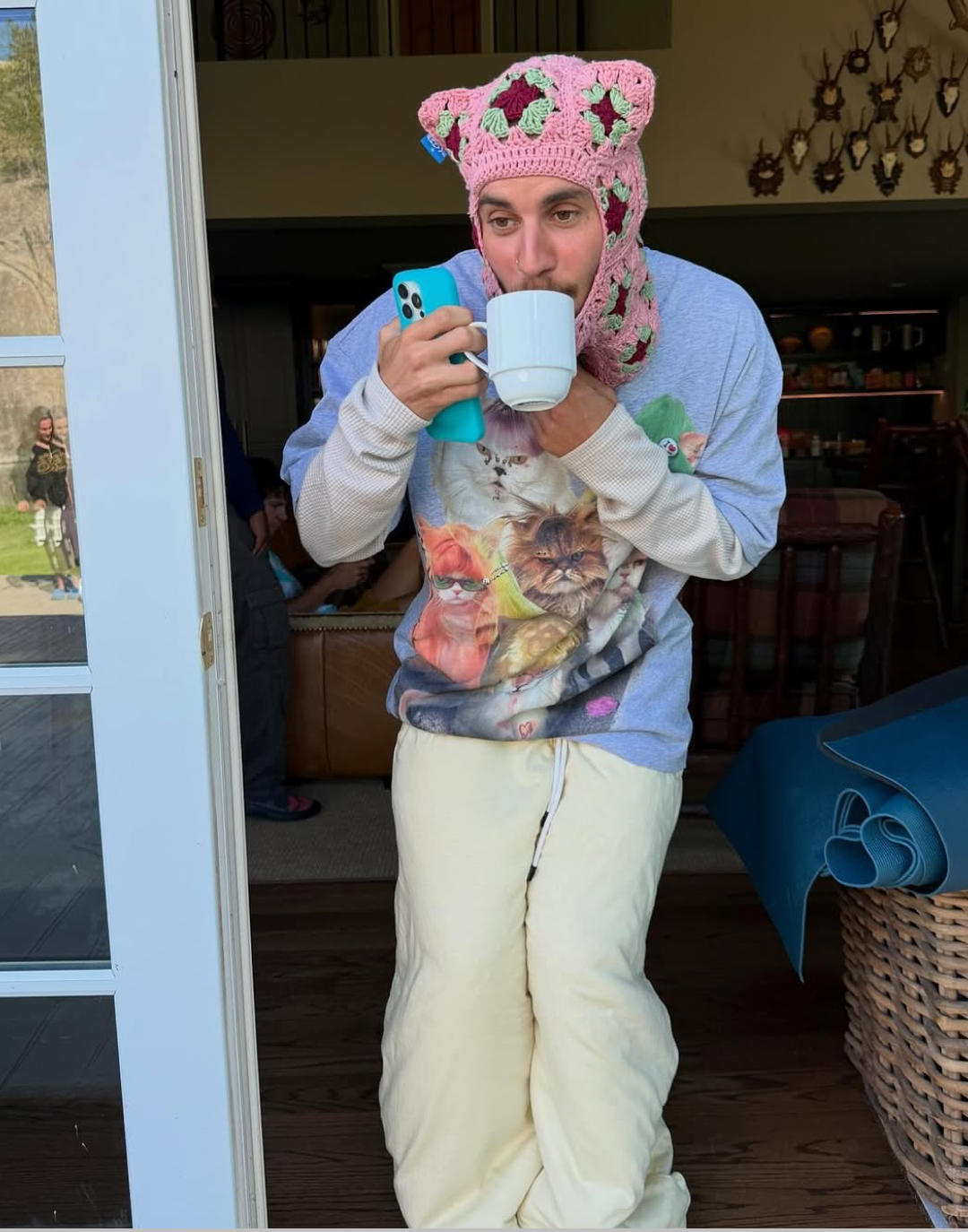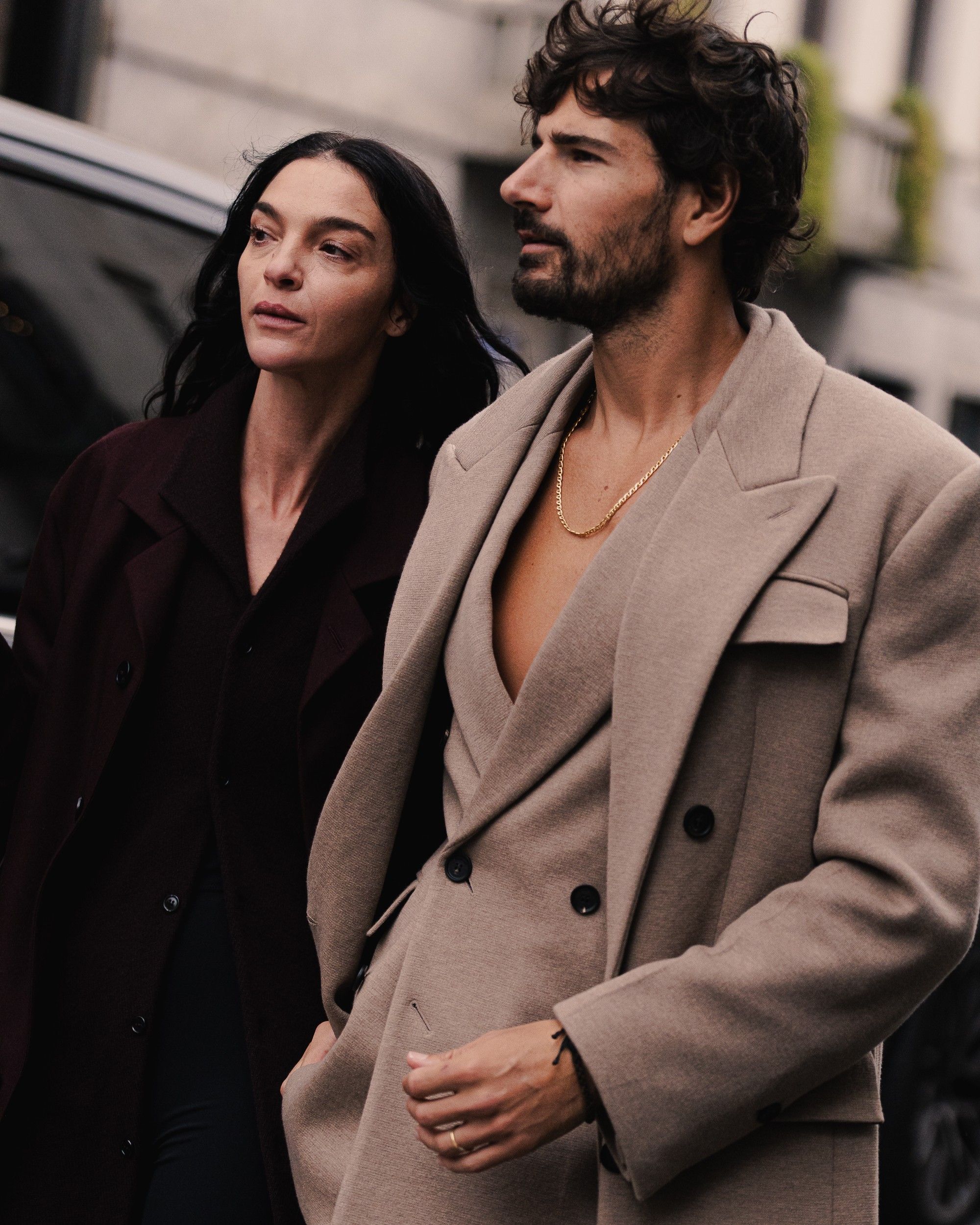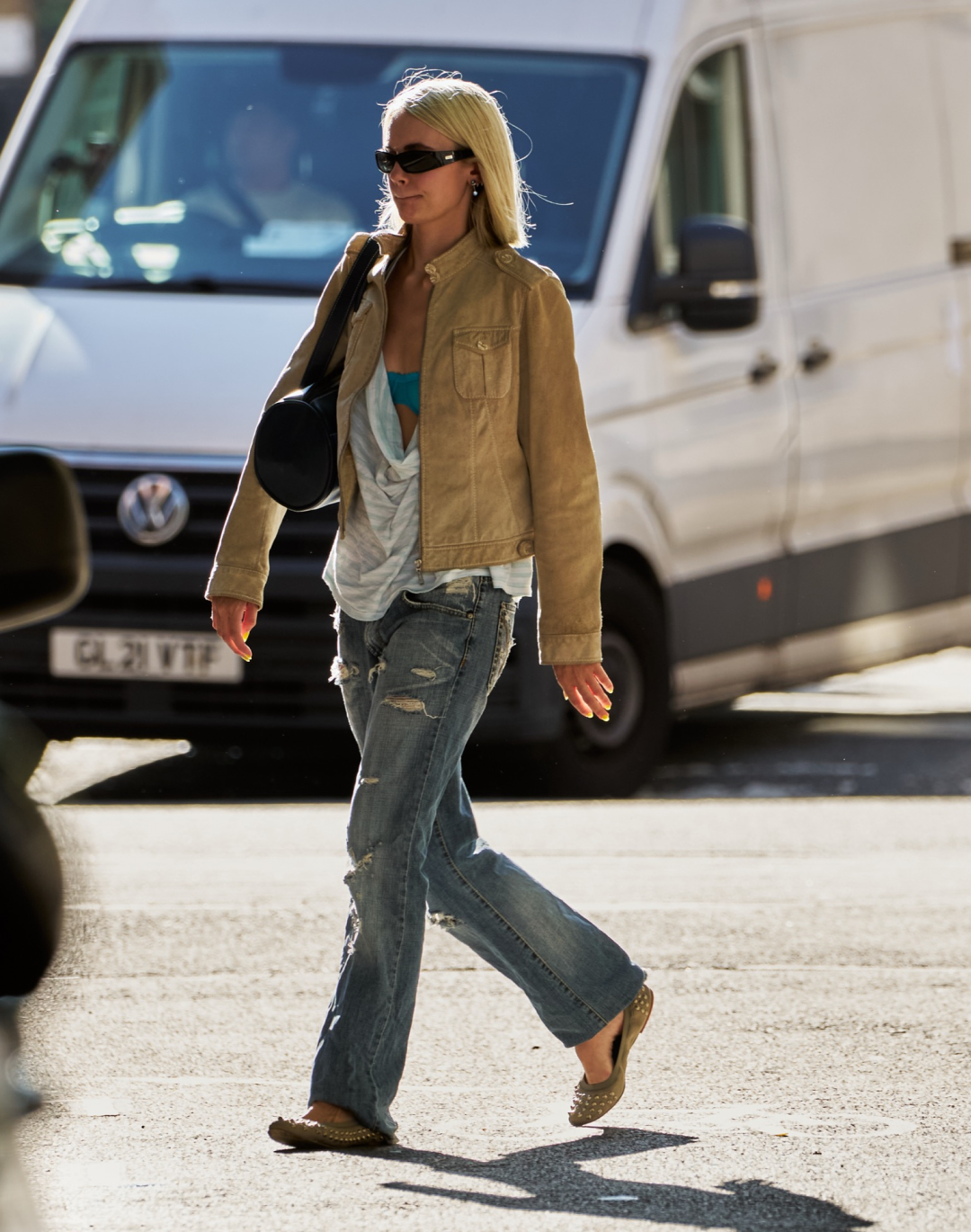
Are Toe Shoes about to make a comeback? The shoe often considered the most hideous is becoming trendy
Toe shoes, long rejected and mocked, are now making a noticeable comeback in the fashion world. First launched and seen in 2002 with the Vibram Five Fingers model, these uniquely shaped shoes, which wrap around each toe individually, were designed to replicate the sensation of walking barefoot while offering minimal protection. Although originally intended for athletes and minimalists, they immediately triggered a nearly universal rejection upon their market debut, quickly becoming a subject of ridicule. Unlike other controversial pieces like Crocs or Birkenstock sandals, which eventually gained mainstream acceptance, toe shoes— with their unsettling appearance—continued to provoke a visceral reaction. Yet, as fashion becomes increasingly inclusive and experimental, these once-taboo shoes are finding a new place not only in the world of sports but also on runways and in everyday street fashion.
This renewed interest in toe shoes can partly be attributed to the shift in aesthetic norms within fashion. While avant-garde brands like Balenciaga have long had the talent to turn the most unlikely items into style icons, their interpretation of toe shoes, introduced in 2020 for a staggering $1,300, helped reposition these shoes as provocative luxury items. However, this attempt wasn’t enough to fully change public perception. The true turning point came with the rise of brands like Suicoke, known for collaborations with designers like Midorikawa and Takahiro Miyashita The Soloist, who reimagined toe shoes in more minimalist, modern, and refined versions, gradually shifting the image of Vibram Five Fingers from hiking trails to a more urban, stylized context. The "flat, flashy, and freaky" aesthetic defining today’s fashion contributed to this shift, where the strange becomes desirable and innovation trumps convention.
Today, this revival of VFF is part of a larger fashion trend that celebrates eccentricity and body acceptance in all forms. The rising popularity of Maison Margiela’s tabi shoes, which share this fragmented toe aesthetic, has also paved the way for their integration into contemporary fashion. Simultaneously, the balletcore style, highlighting elegant silhouettes and flat shoes inspired by ballet flats, has helped toe shoes make their comeback to the forefront. Designers at OTTO 958 and Brandblack have recently introduced hybrid models that blend sporty design principles with urban and artistic fashion codes, capturing the attention of young generations seeking bold, unique pieces, free from the stylistic prejudices of previous decades. Toe shoes, with their radical design and rooted concept of a return to nature, have thus become a symbol of rebellion against classic aesthetic norms, offering a platform for experimentation and personal expression.
The growing acceptance of these shoes is also tied to a new philosophy of fashion, where post-irony and absurdity are at the heart of trends. With oversized sneakers from Balenciaga or Rick Owens’ inflatable boots, nothing is sacred anymore in this world where anything can become cool if worn with confidence. This phenomenon is amplified by the constant search for novelty and eccentricity that defines fashion weeks, where street style has become as important as the collections on the runways. Influential figures like designer Zoe Gustavia Anna Whalen have even dubbed toe shoes the "future," and this vision seems to be confirmed as these once-ridiculed items now find a place in the wardrobes of avant-garde fashion lovers. Their unexpected return and integration into the most cutting-edge fashion circles raise a fascinating question: why, for so many years, did we feel such aversion to these shoes, and how has their oddity now become something to be celebrated? In a world where the line between ugly and beautiful is blurring, toe shoes have found new life, no longer as functional curiosities but as bold affirmations of fashion’s subversive power.















































